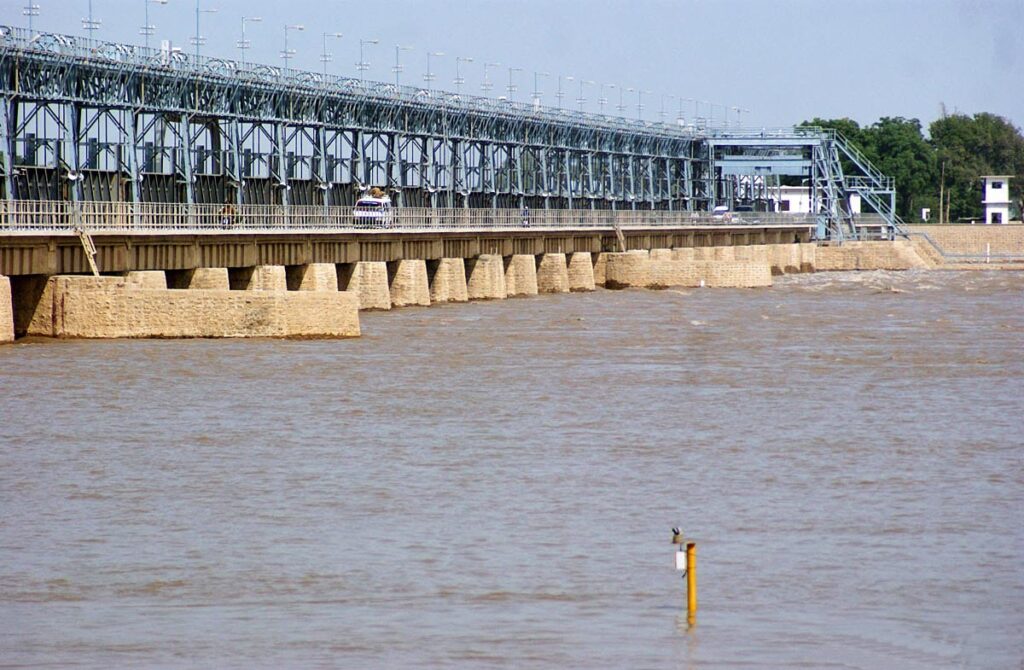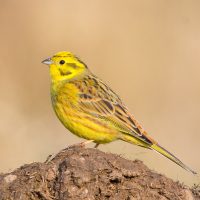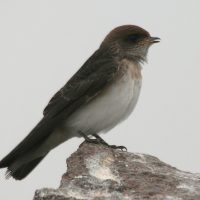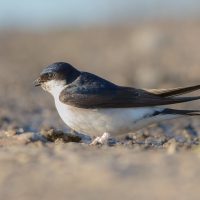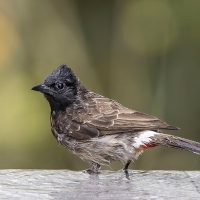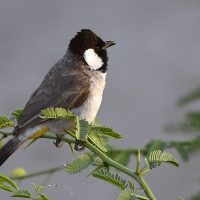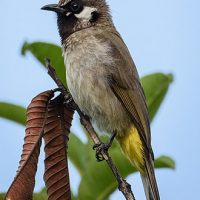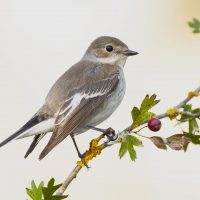About Pakistan
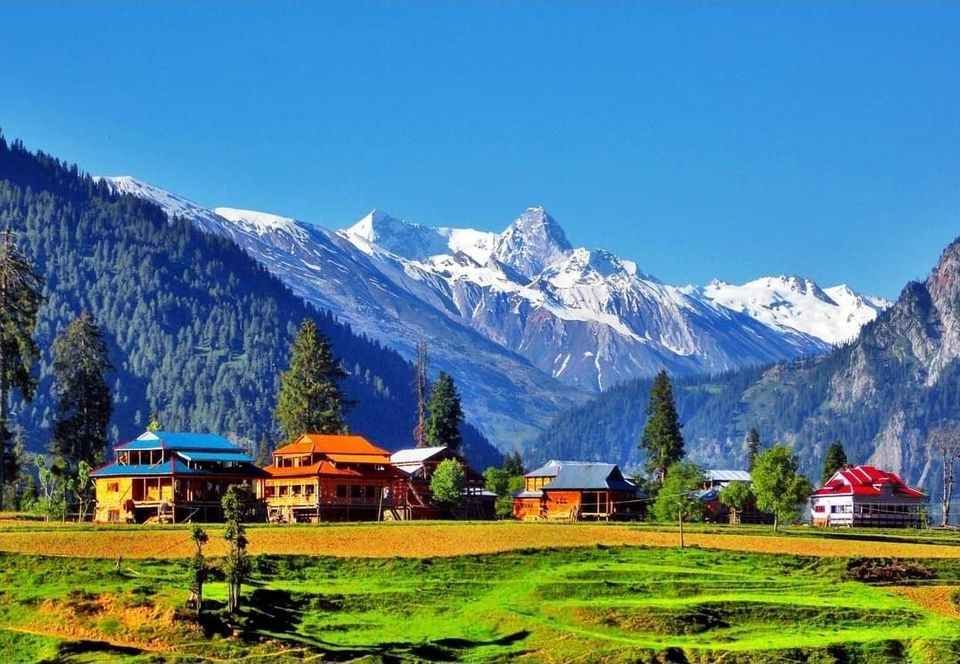
Pakistan, officially Islamic Republic of Pakistan, republic in South Asia, marking the area where South Asia converges with Southwest Asia and Central Asia. The capital of Pakistan is Islamabad; Karachi is the country’s largest city. Depending on the topography, there is an extreme variation in the temperature of Pakistan. The country is essentially arid except for the southern slopes of the Himalayas and the sub-mountainous tract where the annual rainfall varies between 760 and 1270 mm. This area has the humid sub-Tropical climate. In the extreme north – because of great heights – Highland climate prevails. Within a relatively small area, it has the equivalent of many of the world’s most important climatic and vegetation zones or biomes. Moving from permanent snow and cold desert habitats, through alpine, mountain temperate forests and tropical deciduous forests to the alpine dry steppes, the arid subtropical/desert habitats, thorn forest, the refrain plains of the Indus and its tributaries and finally a rich mangrove and associated systems along the coast.
The country is bisected by the Indus River, which flows the entire length of the country before entering the Arabian Sea via the sprawling Indus delta in the south. Pakistan has a rich diversity of bird habitats, from the dry alpine and moist temperate forests of the western Himalayas to the deserts of Baluchistan and Sind. The Indus basin, where some of the earliest human civilizations were founded, is extensively irrigated and cultivated, providing a variety of man-made habitats. This diversity of habitats supports a wide variety of bird species, and 700+ have been recorded. More than 60 percent of the country land lying to the west of the Indus River and south from Peshawar to the Arabian Sea coasts are Palaearctic in character, with a stepping dry montane habitat, and is very different from the rest of the Indian subcontinent.

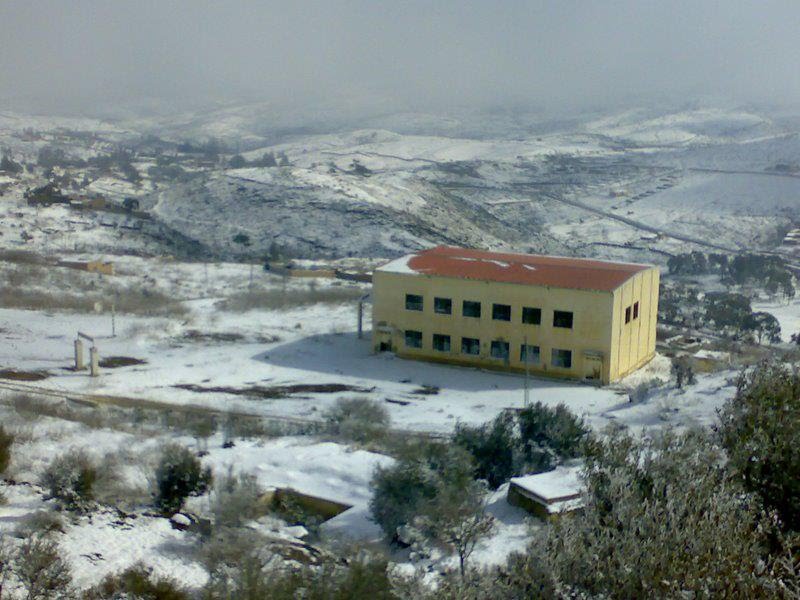
The mountainous areas embracing the Himalayan, Karakorum and Hindukush Ranges are rich in fauna and flora, as compared to other parts of the country. These areas provide an excellent habitat for wildlife in the form of alpine grazing lands, sub-alpine scrub and temperate forests. These habitats support a variety of wild animals. Some of the main wildlife species are the snow leopard, the black and the brown bears, otter, wolf, lynx, Himalayan ibex, markhor, bharal, Marco Polo’s sheep, shapu, musk deer, marmots, tragopan and monal pheasants. The snow partridge and snowcock reside at higher elevations. The Rhesus monkey, common langur, red fox, black bear, common leopard, a variety of cats, musk deer (over a limited area), goral, several species of flying squirrels, chakor, partridge and pheasants (koklass, kaleej and cheer) live in the lower elevations. Amongst these the snow leopard, musk deer, Marco Polo’s sheep, and the brown bear are endangered. The Tibetan wild ass and the blue sheep populations have been reduced drastically. The cheer pheasant is reported to be extinct from within Pakistan’s boundaries and is included in the IUCN Red Data Book. The western horned tragopan was reported to have disappeared from within Pakistani territory but has now been relocated to Indus Kohistan, although its numbers are low.
Pakistan is home to a number of endangered species, including the woolly flying squirrel, markhor, blue whale, Pakistan sand cat, the ibex wild goat, and several species of birds, whales, and turtles. Certain mammals which could be found in abundance at one time have now become the rarest mammals in the world, such as the snow leopard, the Marco Polo sheep, and the Indus river dolphin. In response to the decrease in Pakistan’s wildlife population, the government plans on increasing the number of national parks. However, for many of the endangered species of Pakistan, it will be too little, too late. More specific threats to biodiversity are posed by deforestation (estimated at 1% annually), overgrazing, soil erosion, rampant hunting and fishing, and agricultural practices. As a result, it is estimated that at least 12% of the flora is threatened and several of the faunal species are threatened too. However, the real status of most species remains unknown. Given the recent recognition of Global Climate Change, it is imperative to understand that this will have consequences. The Biodiversity Ecosystem Functioning problem is still in its infancy, but science is working hard to understand this issue. It is nevertheless important to remember that even though science does not yet comprehend the intricate biological dynamics, this is not an excuse for not taking the problem seriously.
